
|
Dark Noise and Hot Pixels in the Olympus E-3 |

|
My other articles related to the |
|
This is a brief summary of my findings regarding the dark noise in the Olympus E-3 camera. It is assumed that you are generally familiar with the noise issue, including the distinction between static and random noise. You can find these concepts in my Noise in Digital Cameras article. Note that at longer exposures (few seconds and more) the dark noise is not entirely static; it also has a thermal component, which is random in nature, therefore less manageable with use of noise reduction (noise filtering can help with it, though). The samples The samples shown here are "lens cap shots", i.e. exposures in absence of any light reaching the CCD, and with the viewfinder covered to avoid any stray light. Such dark frames provide a good approximation of what would be happening in the deepest shadows of an actual picture, and what is superimposed on top of the other parts; therefore it is not just an idle exercise. Pictures were saved in the SHQ JPEG (1:2.7) format, and the in-camera processing was set to contrast at N-2, sharpness at N-1, and saturation at N±0 (with 'N' standing for the Natural Picture Mode). Noise filtering was set to Off. All fragments are taken from the same place in the original image (top-left x=1800, y=1300), and they are shown in the 1:1 pixel scale. To make noise more visible at a glance, some images shown have been stretched in postprocessing: the 0-64 luminance interval has been expanded to the full 0-255 range; this means that the luminance of each pixel (and therefore the visibility of noise) has been increased by a factor of four. |
|
Here is the same sample before and after stretching (60 s at ISO 400). Note that the "hot pixels" are actually clusters, often 2×2 squares; probably an effect of demosaicing of photosites into pixels and of charge leaking from a photosite to its neighbors. You can see that at the far right, under a 10× magnification. |
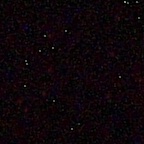
|
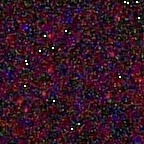
|
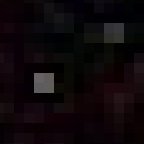
|
| Straight | Stretched | 10×, no stretch | |
| Exposure of 60 seconds at ISO 400 | |||
|
ISO, exposure time, and Noise Reduction The table below shows stretched samples at various ISO settings for exposures ranging from 1/4 to 60 seconds. Noise Reduction was not enabled here; see one of the next sections for information on that. |
|
| ||||||
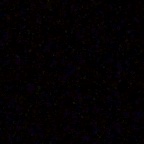
|
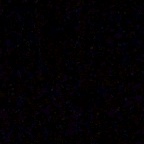
|
(Sample missing!) |
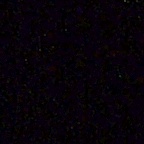
|
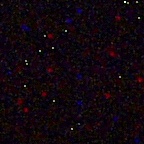
| ||
| ISO 100, 1/4 s | ISO 100, 1 s | ISO 100, 4s | ISO 100, 15 s | ISO 100, 60s | ||
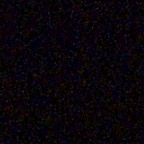
|
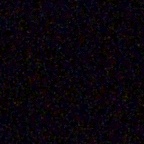
|
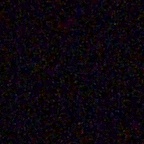
|
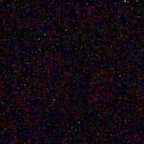
|
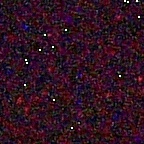
| ||
| ISO 200, 1/4 s | ISO 200, 1 s | ISO 200, 4s | ISO 200, 15 s | ISO 200, 60s | ||
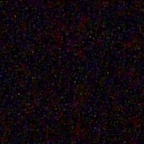
|
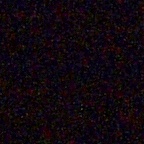
|
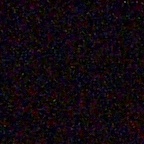
|
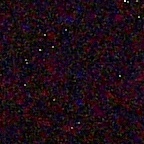
|

| ||
| ISO 400, 1/4 s | ISO 400, 1 s | ISO 400, 4s | ISO 400, 15 s | ISO 400, 60s | ||
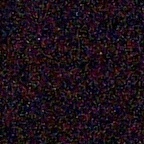
|
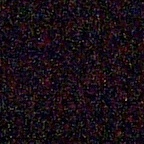
|
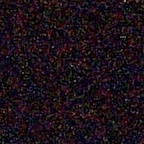
|
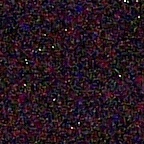
|
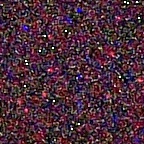
| ||
| ISO 800, 1/4 s | ISO 800, 1 s | ISO 800, 4s | ISO 800, 15 s | ISO 800, 60s | ||
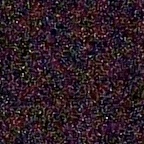
|
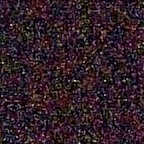
|
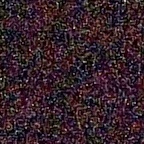
|
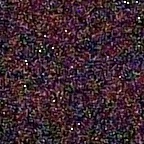
|
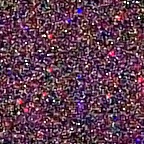
| ||
| ISO 1600, 1/4 s | ISO 1600, 1 s | ISO 1600, 4s | ISO 1600, 15 s | ISO 1600, 60s | ||
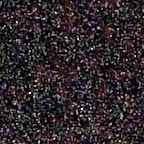
|
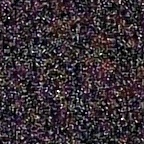
|
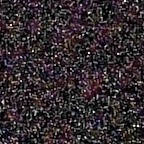
|
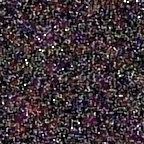
|
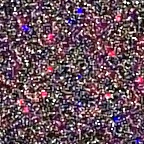
| ||
| ISO 3200, 1/4 s | ISO 3200, 1 s | ISO 3200, 4s | ISO 3200, 15 s | ISO 3200, 60 s | ||
|
The results shown in the table above do not need much explanation. Even without noise reduction ISO 100 provides clean results up to at least 15 seconds (with NR enabled, see below, even ISO 800 can be used up to these exposure times). The samples also confirm what I could see in previously tested cameras: at low light levels higher long exposures at ISO 100 look better than short ones at higher ISOs; compare, for example, ISO 100 at 15 s with ISO 1600 at 1 s, both corresponding to the same light level. When it gets dark, tripod becomes your best friend. High ISOs make sense only when they are needed to provide handholdable shutter speeds. For example, using ISO 1600 for a one-second exposure is not usually smart: at this exposure we already need a tripod, so equally well we may use a 15-second exposure time at ISO 100, which will result in less noise. Therefore samples at multi-second exposures for higher ISOs are of mostly academic interest. Noise Reduction The Noise Reduction feature, subtracting a dark frame from the actual image, works very nicely to remove the static component of the noise, but it also gas a side-effect of slightly increasing the random component. Therefore it should be used only in situations where the former prevails, i.e., at longest exposure times (in the E-30, even if you set it to On, the camera will just ignore it for exposures shorter than some predefined limit). The samples shown here are without stretching; the hot pixels are visible even without that, and without a need to compare between samples, you may prefer to see a full-scale image the way it is. This is a 60-second exposure, a worst-case scenario, where there is most static noise to remove. At faster shutter speeds, the job is easier (although, see the caveat mentioned above). |
|
| ||
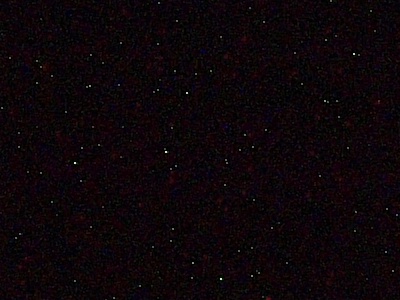
|
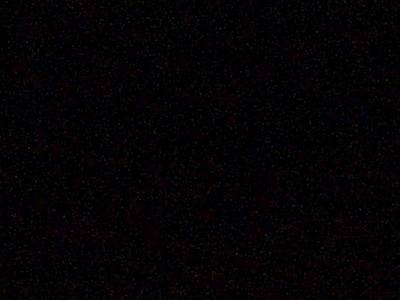
| |
| ISO 400, 60 s, NR off | ISO 400, 60 s, NR on | |
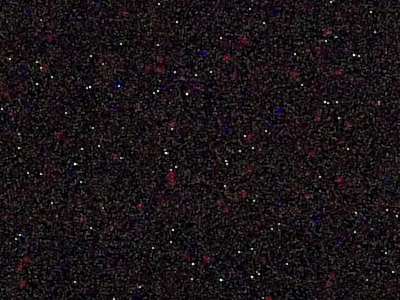
|
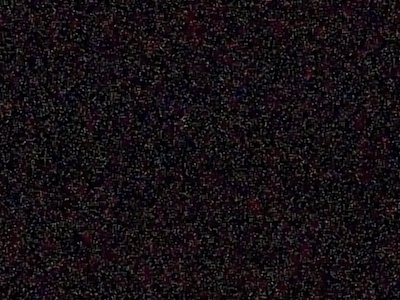
| |
| ISO 3200, 60 s, NR off | ISO 3200, 60 s, NR on | |
|
The 60-second exposures clearly show how effective Noise Reduction is in removing hot pixels. Note, however, that at ISO 3200 noise reduction, while removing the brightest spikes (hot pixels), does not make the overall low-amplitude level better; actually it becomes slightly higher. This clearly indicates that the random (thermal) component prevails in the low-amplitude background, and dark frame subtraction (used in NR) is actually making it worse, as I've mentioned above. Banding Banding effects are best seen in larger fragments of an image, when our eye has enough room to find regularities. This is why in order to illustrate the problem, I chose a different way of presenting the samples. Each image is first luminance-stretched by a factor of four, then reduced in size to 800×600 pixels, and then a 400×300 center fragment cropped for being shown here. I am showing only samples for the almost-handholdable shutter speed of 1/4 s, and for 4 seconds, as longer exposures do not make much sense at these ISOs. All images have noise reduction turned on. |
|
| ||
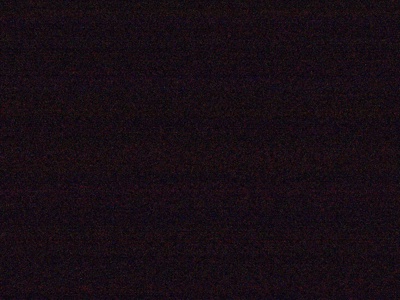
|

| |
| ISO 800, 1/4 s, NR | ISO 800, 4 s, NR | |

|

| |
| ISO 1600,1/4 s, NR | ISO 1600, 4 s, NR | |

|

| |
| ISO 3200,1/4 s, NR | ISO 3200, 4 s, NR | |
|
Keep in mind that the visibility of banding is greatly exaggerated in these samples: the four-times luminance stretch really brings it out (along with the general noise pattern). Still, above ISO 800 the effect is sometimes visible in low-detail shadows of real-life pictures, especially if any shadow recovery is attempted by adjusting the lower part of the tonal curve. This is similar to the effect I observed in the E-510. The bad news is that noise-removal programs do not help much in this area. I wouldn't worry about this issue at ISO 800 and below, but at ISO 1600 you may, indeed, have occasional problems with it. (ISO 3200 is something I consider for emergency use only anyway.) Compared to the E-510 Obviously, it may be interesting to compare the E-3 to its lowly predecessor in the Olympus SLR line, the E-510. While there is a separate article on dark noise in that camera, a side-by-side comparison of samples may be useful. The samples in the E-510 article are stretched by a factor of 8×, which makes any direct comparisons impossible. (I decided to move to the 4× factor in the E-3 to avoid clipping at ISO 3200.) In this section, however, any samples from the E-510 use a 4× stretch, so that the direct comparison becomes meaningful. First, samples at various ISO settings for a few selected shutter speeds, with no Noise Reduction or Noise Filtering applied (as we already know, the NR does a very good job removing hot pixels, but not much else, and NF would only muddle the comparison). For the reasons outlined above, I am assuming that for higher ISOs the longest shutter speeds are of not much interest. |
|
| ||||||

|

|

|

|

| ||
| ISO 100, 60 s | ISO 200, 15 s | ISO 400, 4s | ISO 800, 1 s | ISO 1600, 1/4s | ||

|

|

|

|

| ||
|
We have a slight surprise here: both the average black level and noise amplitude seem to be higher for the E-3. The E-510 also shows fewer hot pixels at 60 seconds, ISO 100. As unexpected as it may be, this is not a reason to be disappointed with the E-3. Even with the noise filter at the Off setting, the raw-to-RGB conversion involves some degree of random noise removal, and I would suspect that in the E-510 this baseline filtering is significantly stronger than in the E-3, which is addressed at a more mature audience (less allergic to noise values reported in reviews). This suspicion is supported by a muddier noise pattern in the E-510, well visible in the two rightmost samples. (Still, I'm at a loss what to say about the other three samples; the older camera is, no doubt, cleaner here.) Now let us have a look at banding; more important in low-light application than just the noise amplitude. Just two samples here, both at ISO 1600. |
|
| ||
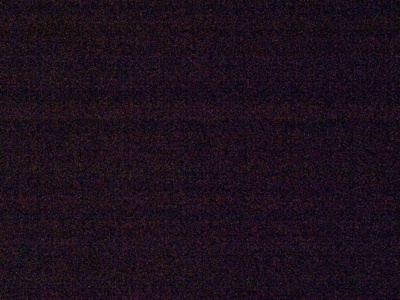
|

| |
| E-510 | E-3 | |
|
The comparison is made difficult by the black level being higher in the E-3 (the image is generally brighter), but I would say there is no dramatic difference in the degree of banding in both cameras. Conclusions Clearly, at exposures longer than 15 s at ISO 100 or 1 s at ISO 1600, CMOS (or NMOS) sensors struggle at the limits of their capabilities. This is true about any camera model or brand, and I was not surprised to see these results. The general similarity of my E-3 samples to those from the E-510 just means that there was no revolution in sensor technology, of which the newer model would be able to take an advantage, regardless of the difference in camera price or intended market. More, the slightly larger dark noise amplitude in the E-3, most probably due to less aggressive image processing, seems to indicate that the Olympus designers don't really worry much about the static noise at longest exposures. I can understand that; after all, how often do we need 60-second exposures at ISO 100 or 2-second ones at ISO 3200? At more realistic exposure times, the static noise will be largely masked by the random component, a different story. To see how the combination of both components affects real-life images, refer to another article: Noise Filtering, Sharpness, and high ISOs in the E-3, especially the high-ISO samples (some full-frame). The issue of static noise banding worries me a bit more, though. On the E-510 it could be sometimes disturbing in real-life situations (say, 1/15 s exposures at ISO 800 or 1600), and the E-3 does not seem to offer any visible improvement in this area. How intrusive is the banding phenomenon in normal camera use? This depends on the subject, as the effect is best visible in low-detail (or out-of-focus) areas; in most cases you will barely see it. As an example, see this ISO 1600 sample at 1/30 s from the article quoted above and scrutinize the five o'clock part of the medium-gray ring surrounding the watch mechanism. Then judge for yourself. See also: Dark Noise and Hot Pixels in the E-30, with some comparisons against the E-3, including the banding issue. |

|
My other articles related to the |
| Home: wrotniak.net | Search this site | Change font size |
| Posted 2009/04/07; last updated 2009/06/29 | Copyright © 2009 by J. Andrzej Wrotniak. |